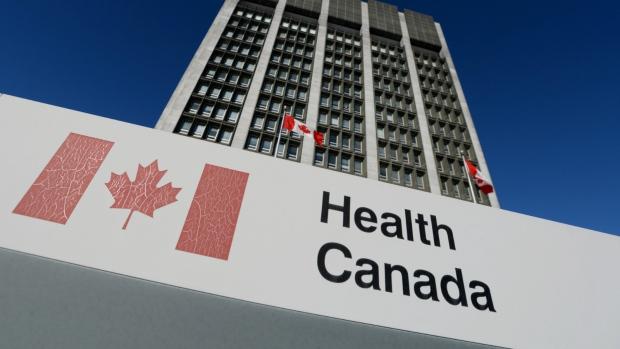The senior Health Canada official who had final authority for the approval of the COVID-19 vaccines says the surveillance system to monitor its adverse events falls far short on providing an accurate picture of the situation.
“We do expect there to be a lot of underreporting,” said Dr. Celia Lourenco, acting associate assistant deputy minister with Health Canada, during a Federal Public Sector Labour Relations and Employment Board hearing on July 13.





